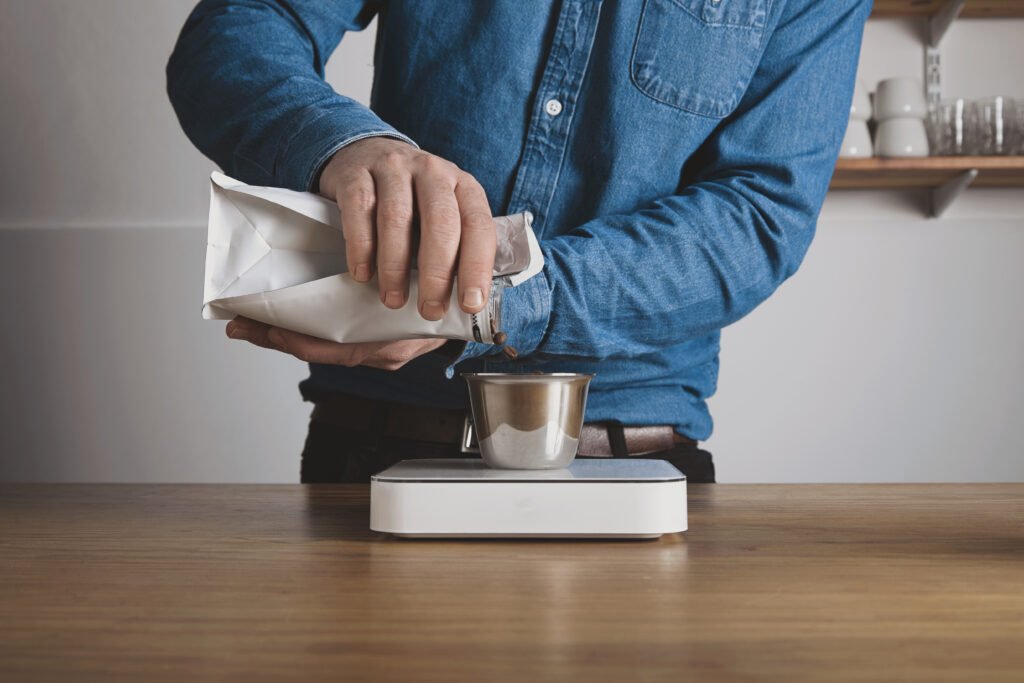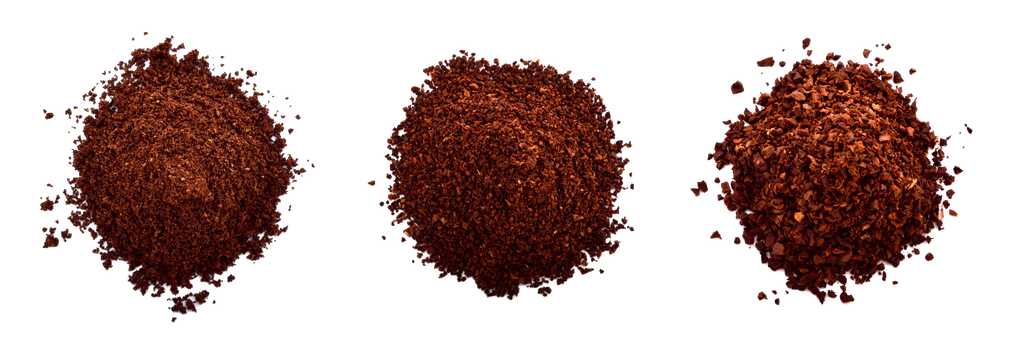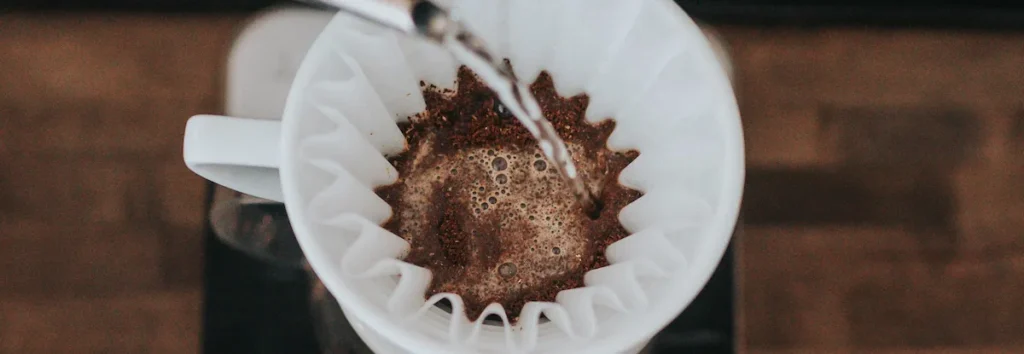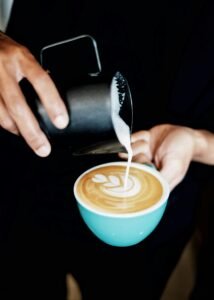If you love pour over coffee but feel like your brew could be better, you’re not alone. Even small adjustments can drastically change your cup. To help you refine your technique, we’ve compiled insights from leading coffee experts—Lance Hedrick, Tetsu Kasuya (creator of the 4:6 Method), and Patrick Wolf of April Coffee.
Here’s how to fine-tune your pour over recipe for a cleaner, sweeter, and more balanced brew.

1. Start with the Right Coffee-to-Water Ratio
The foundation of any great pour over is the coffee-to-water ratio. While a standard starting point is 1:16 (1g coffee to 16g water), experts suggest tweaking this based on preference:
- Lance Hedrick recommends 1:15 to 1:17 for a balanced extraction.
- Tetsu Kasuya (4:6 Method) often uses 1:16.7 (20g coffee to 300g water) but adjusts based on bean density.
- Patrick Wolf leans toward higher extraction ratios (1:17+) for lighter roasts to enhance clarity.
Tip: If your coffee tastes weak, try a stronger ratio (e.g., 1:15). If it’s too intense or bitter, dilute it slightly (1:17).

2. Optimize Your Grind Size
Grind size directly affects extraction speed and flavor balance.
- For a standard V60 or similar brewer:
- Medium-fine (like table salt) is a safe starting point.
- Lance Hedrick suggests adjusting based on brew time—if it’s too fast (under 2:30), go finer; if too slow (over 3:30), go coarser.
- Tetsu Kasuya uses coarser grinds for his 4:6 Method to control sweetness and acidity through pulse pours.
- Patrick Wolf prefers a slightly finer grind for high-clarity Nordic-style roasts but avoids over-extraction by controlling agitation.
Tip: If your coffee is bitter or astringent, try a coarser grind. If it’s sour or weak, go finer.

3. Master Water Temperature
Different roast levels need different temperatures:
- Light roasts: 96–100°C (205–212°F) for full extraction.
- Medium roasts: 90–96°C (194–205°F) to balance sweetness and acidity.
- Dark roasts: 85–90°C (185–194°F) to avoid excessive bitterness.
Lance Hedrick notes that cooler water can highlight sweetness, while hotter water increases extraction. Patrick Wolf often uses lower temps (92–94°C) for ultra-light roasts to avoid harshness.

4. Control Pouring Technique & Agitation
The way you pour affects extraction uniformity:
- Lance Hedrick’s Approach:
- Start with a 50-60g bloom (2x coffee weight) for 30–45 sec.
- Use slow, controlled spirals to minimize channeling.
- Tetsu Kasuya’s 4:6 Method:
- Split pours into 5 stages (bloom + 4 pours) to manipulate sweetness/acidity.
- First two pours control sweetness, next three control strength.
- Patrick Wolf’s Style:
- Low agitation, fewer pours (sometimes just bloom + 1–2 pours) for ultra-clean cups.
Tip: If your coffee is uneven (some parts over-extracted, others under), try reducing agitation or using a more consistent pour pattern.
5. Adjust Brew Time for Balance
Total brew time depends on grind size, pour structure, and coffee freshness:
- V60 (15–20g dose): Aim for 2:30–3:30 mins.
- Kalita Wave / Flat-bed brewers: Slightly longer (3:00–4:00 mins).
Lance Hedrick suggests that if your brew is too fast, it may taste weak; if too slow, it may be bitter. Patrick Wolf keeps extraction times shorter (around 2:30) for ultra-light roasts to preserve delicate flavors.

6. Taste & Iterate
The best way to refine your recipe is through side-by-side testing:
- Change one variable at a time (grind, ratio, temp, pour structure).
- Compare flavors—look for sweetness, acidity, body, and aftertaste.
- Keep notes to track what works best for each coffee.






